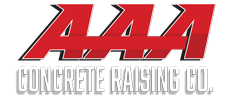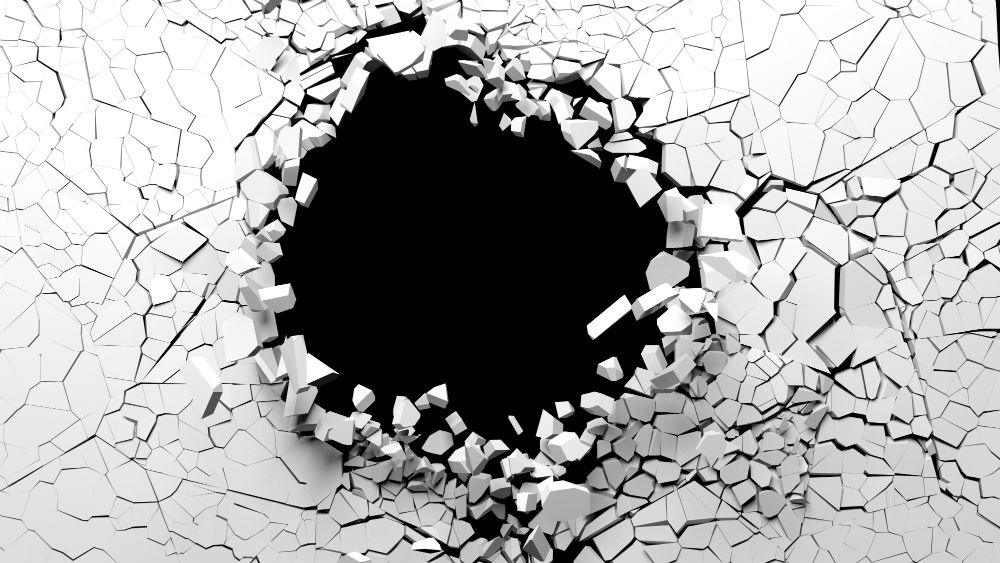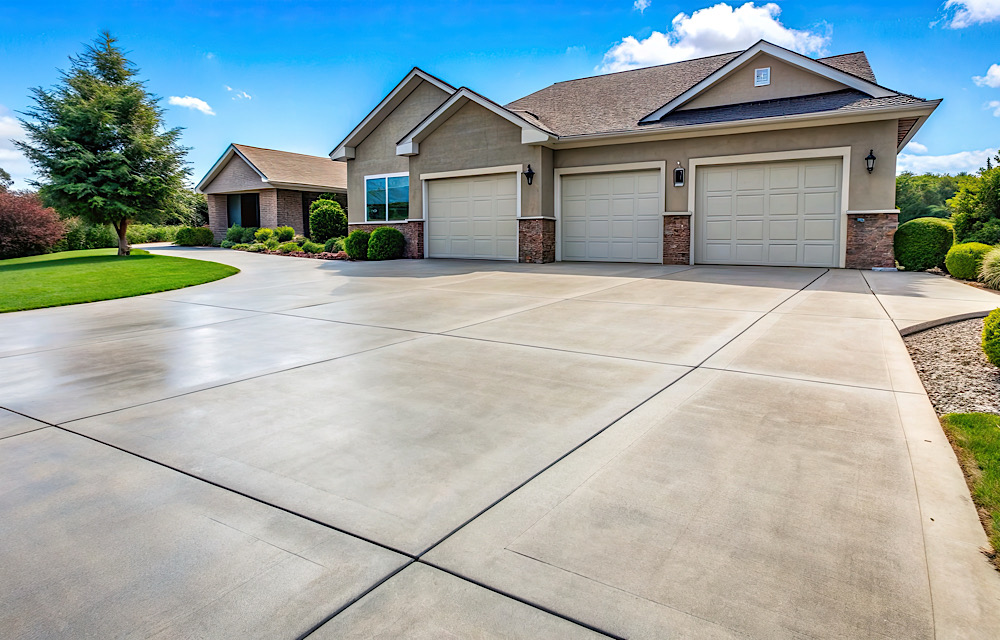A void under a concrete slab is a dangerous scenario that needs to be resolved as soon as its presence is known. Failing to do so may result in structural failure of the slab and subsequent injury, or worse. In order to fix a void underneath concrete, it helps to understand how they form.
There are several ways voids form under concrete, and the presence of one factor often leads to others that can expedite void growth. One of the most common ways voids form is from soil settlement.
Settlement occurs naturally over time and is influenced by soil type and weather conditions. It can also occur if the soil is not properly tamped down before placing concrete on top of it. The looser the soil, the quicker it will settle, forming a void underneath the concrete.
Most concrete paving companies are well aware of the dangers of voids, ensuring that the soil is as compact as possible before laying concrete. However, there is always the possibility of unknown or uncontrollable factors contributing to soil settlement.
Erosion, for example, is another naturally-occurring void factor that is difficult to control once it’s in motion. Weather patterns such as freeze / thaw cycles in the Winter and rainfall throughout the rest of the year can lead to erosion that will only get worse as it continues to increase the size of the void.
Human error or inaction can also contribute to void growth. If rainwater is not properly drained from the area, or if the concrete is placed incorrectly, air pockets and holes can form. This will inevitably lead to undesired water flow underneath the slab that will erode the void until it becomes a hollow pit.
Once this happens, the concrete slab presents a significant danger, as it no longer can support any weight. If it doesn’t collapse under itself, a pedestrian or other unsuspecting victim could injure themselves severely when crossing the slab.
Poor concrete maintenance can also lead to voids. Failing to fill cracks in concrete, for instance, can cause water to leak down into the soil underneath and create a void. Additionally, failing to fill sinking concrete promptly almost always leads to further deterioration and collapse.
Sometimes, if the void is large enough, small animals will inhabit it as a shelter, as sub-concrete voids provide a safe, dark space for critters of all types to hide. This leads to all kinds of problems, including void growth as a result of soil displacement by the burrowing animal.
 Other contributors to voids underneath concrete include the decay of organic matter and the effects of additional landscaping done in close proximity to the slab.
Other contributors to voids underneath concrete include the decay of organic matter and the effects of additional landscaping done in close proximity to the slab.
Whatever the cause may be for a void forming under concrete, it’s better to address the issue sooner rather than later. Filling these voids requires both specialized equipment and expert knowledge that only a professional mudjacking company can provide.
A professional mudjacker uses Ground Penetrating Radar, or GPR, to locate and map out voids underneath concrete using high frequency radio pulses. These pulses indicate the presence of not only voids, but metal, wood, and PVC pipe as well, as each material produces a unique signature.
The GPR produces a map that, to anyone else, would look like a jumble of wavy lines, but to an expert concrete raiser it provides a comprehensive overview of what lies under the concrete. Then, a sand / mud mixture called slurry is pumped underneath the slab to fill the void and re-level the concrete above.
Once the concrete void has been filled, it’s up to the homeowner, business owner or whoever manages the property to maintain the slab and the surrounding area. Otherwise, the same events that led to a void in the first place can reoccur. This may involve rerouting water runoff or fixing cracks and other structural damage that the slab may have suffered.
Even if every effort is made to prevent voids in the future, soil settlement, erosion, and rainfall will continue to occur naturally and often, and there’s always the chance that a void can return years later. However, proper maintenance and fast acting to correct the problem can reduce these odds.
At AAA Concrete Raising, we’ve been filling concrete voids with our mudjacking services for over three decades. If you’re a home or business owner and are noticing signs of a void underneath concrete on your property, don’t hesitate to contact us today.





